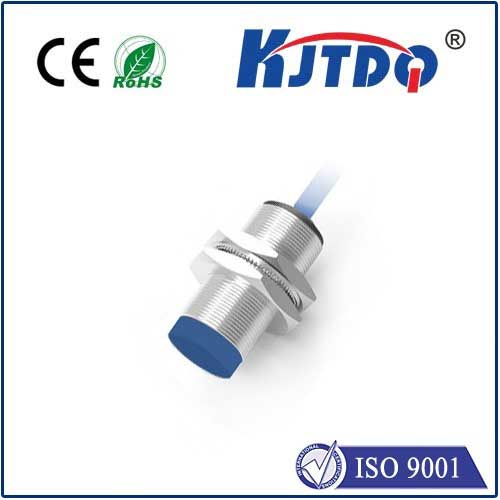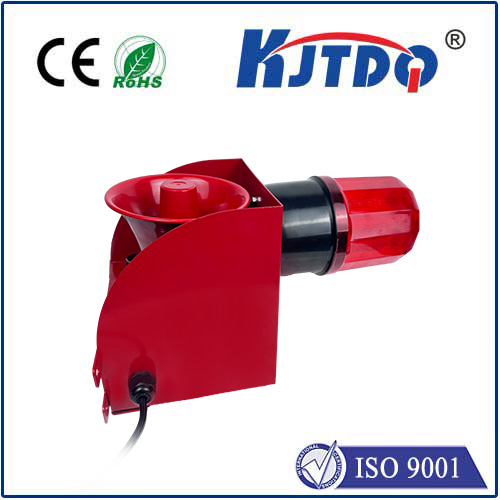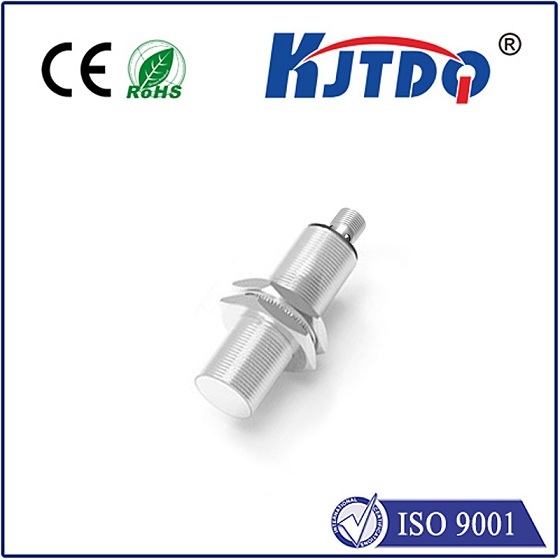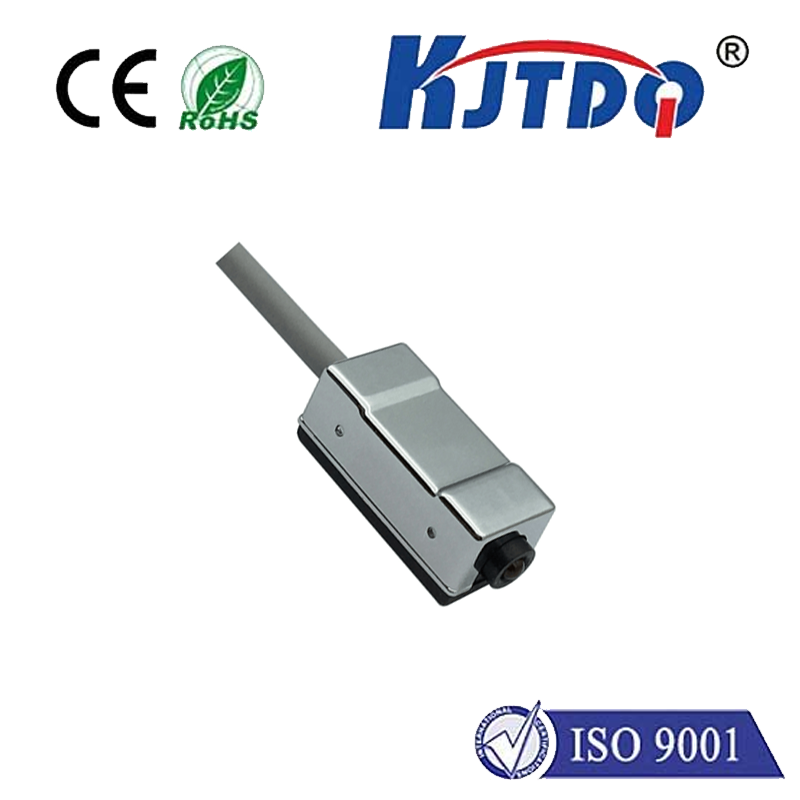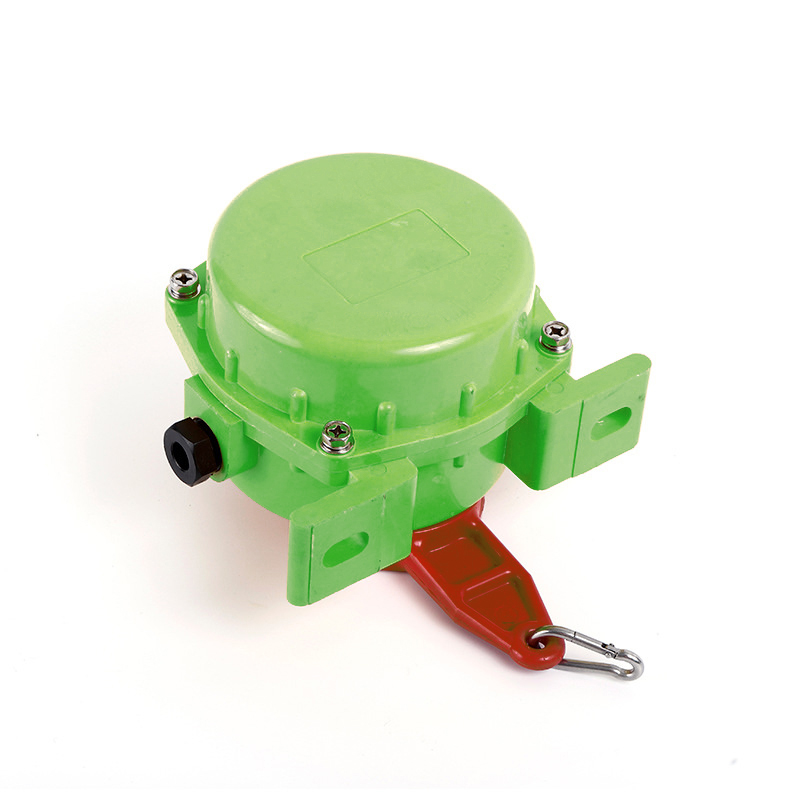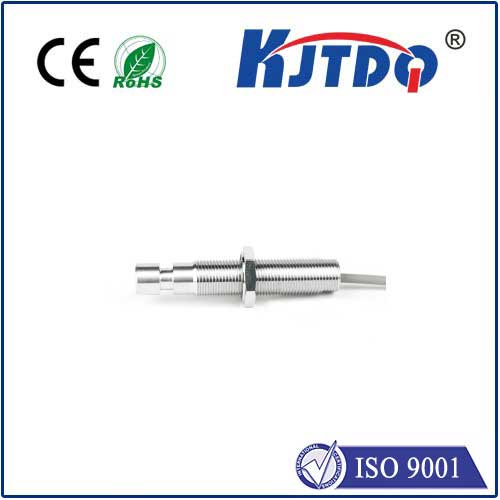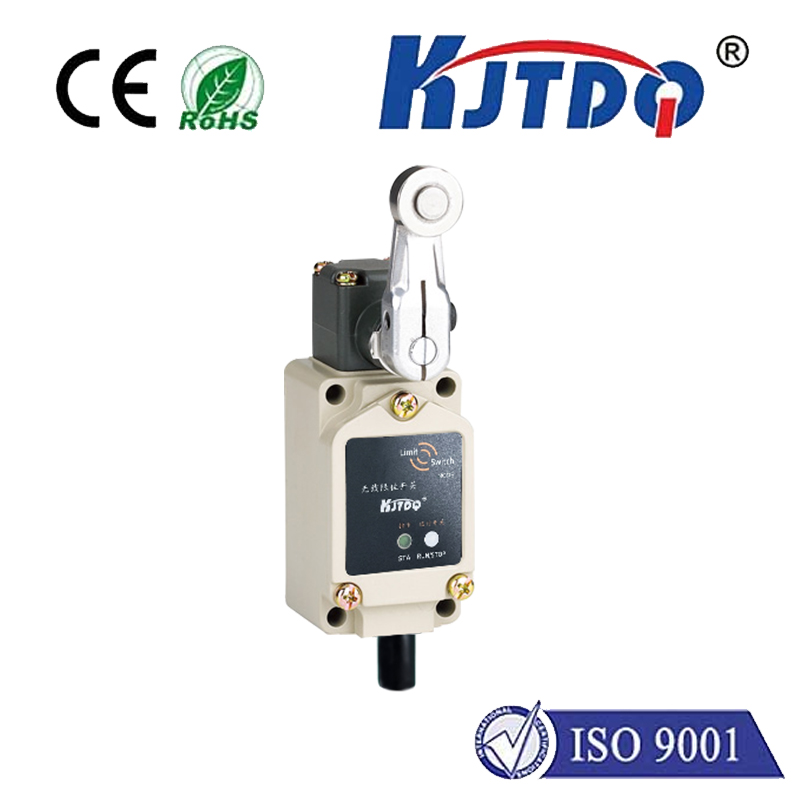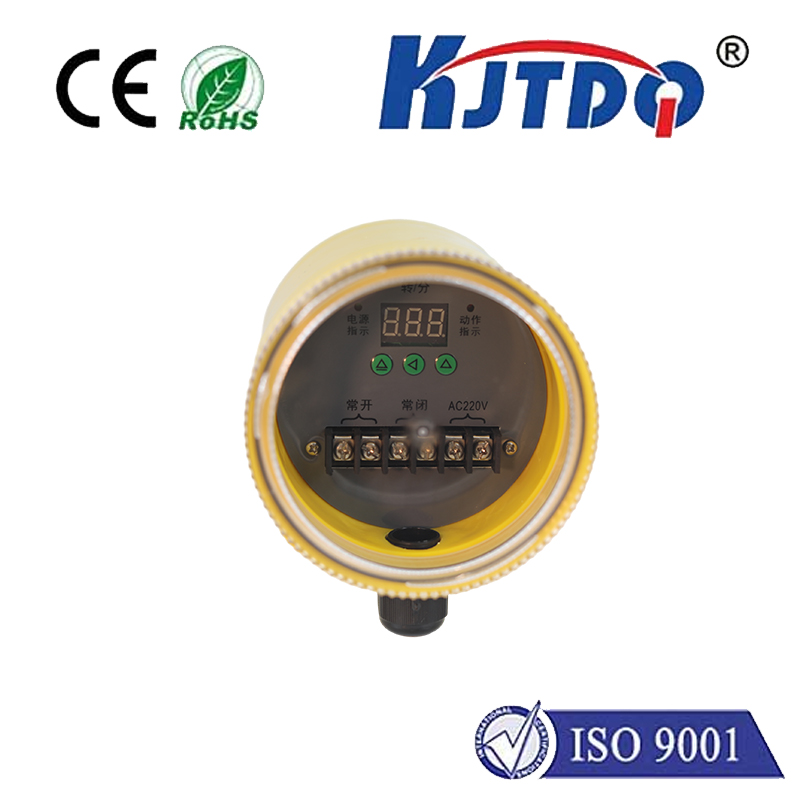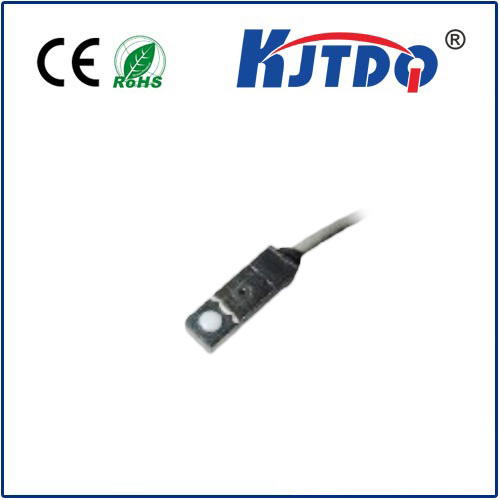
check

check

check

check
In recent years, capacitive proximity sensors have emerged as a game-changing technology with a wide range of applications. This article explores the development and evolution of capacitive proximity sensors, their various types, and their key features. It also discusses their practical applications in diverse industries, from healthcare to automotive.
At the heart of a capacitive proximity sensor is a conductive mat that generates an electrical field when a person or object comes into contact with it. The sensor's capacitance varies according to the distance between the sensor and the object, allowing for accurate detection of proximity. By measuring this change in capacitance, the sensor can determine the object's position and proximity.
One type of capacitive proximity sensor is the PIR (Passive InfraRed) sensor, which uses infrared radiation to detect body heat. This sensor is commonly used in door alarms, security systems, and motion sensing devices. Another type is the FID (Fluorine Isotope Detector), which measures the concentration of radioactive isotopes in the air. FID sensors are widely used in industrial monitoring and environmental sensing applications.
Capacitive proximity sensors offer several advantages over other types of sensors. They are non-contact, making them ideal for use in hazardous environments where contact may pose a risk. They also have high accuracy and resolution, providing precise measurements even in challenging conditions. Additionally, they are low-cost and easily integrated into existing systems.
In healthcare, capacitive proximity sensors are used for patient monitoring, bed occupancy detection, and remote health monitoring. In the automotive industry, they are employed for vehicle safety systems such as collision detection and lane departure warning. Other applications include asset tracking, access control, and environmental sensing.
Overall, capacitive proximity sensors have revolutionized the way we interact with our environment by providing intelligent detection capabilities. As technology continues to advance, we can expect to see even more innovative applications of these versatile sensors in various sectors.
